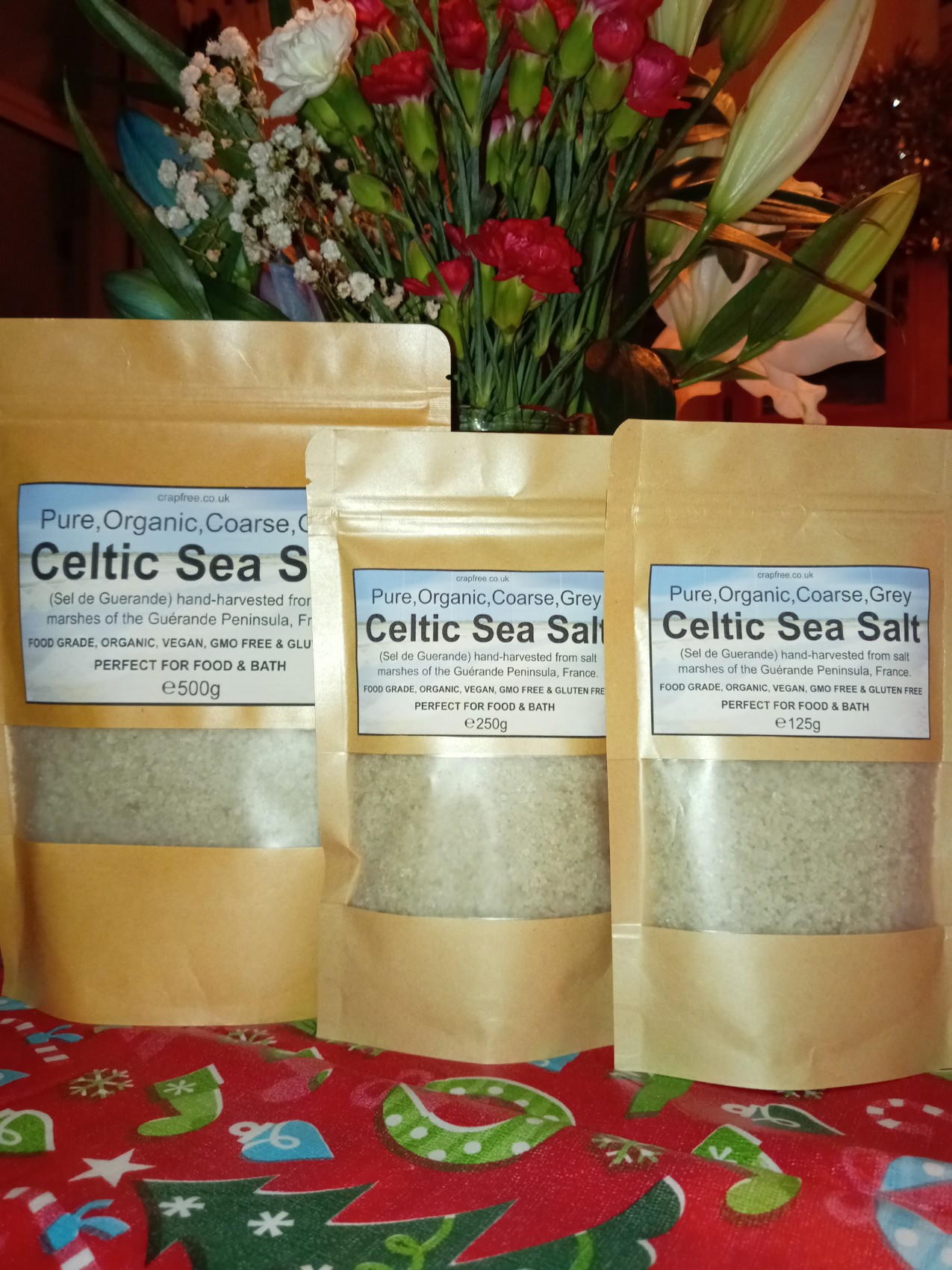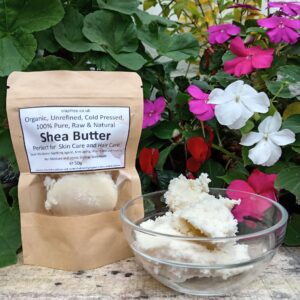Celtic sea salt, known for its distinct flavour and mineral-rich composition, has been a prized ingredient in culinary traditions for centuries.
Introduction to Celtic Sea Salt.
Welcome to the wonderful world of Celtic Sea Salt! If you’ve ever pondered what sets this salt apart from the regular table variety, you’re in for a delightful journey. Let’s dive into the salty goodness, shall we?
What is Celtic Sea Salt?
Celtic Sea Salt is a mineral-rich salt harvested from the coastal regions of France. Unlike its heavily processed table salt counterpart, Celtic Sea Salt retains its natural balance of minerals and trace elements, making it a favorite among health-conscious foodies.
Historical Significance.
This salt isn’t just any run-of-the-mill seasoning – it comes with a history as rich as its mineral content. Celtic Sea Salt has been prized for centuries for its purity and flavour, with ancient Celts and Gauls valuing it for its health benefits.
Origins and Production Process.
Source of Celtic Sea Salt.
Celtic Sea Salt hails from the pristine coastal waters of Brittany, France, where seawater is sun-dried and harvested using age-old techniques. The mineral-rich brine is carefully collected to preserve its natural goodness.
Traditional Harvesting Methods.
Traditional Celtic methods involve hand-harvesting the salt by skilled salt farmers, who rake the salt by hand to ensure minimal environmental impact and maximum flavour retention. It’s a labor of love that dates back centuries.
Modern Production Techniques.
With advancements in technology, modern methods have streamlined the production of Celtic Sea Salt, ensuring consistent quality and purity while still maintaining the traditional ethos of preserving the salt’s natural mineral composition.
Nutritional Benefits of Celtic Sea Salt.
Mineral Content.
One of the standout features of Celtic Sea Salt is its high mineral content, including essential elements like magnesium, potassium, and calcium. These minerals play a vital role in maintaining overall health and well-being.
Healthful Trace Elements.
In addition to its major mineral components, Celtic Sea Salt contains a plethora of trace elements, such as zinc, iron, and iodine, which are essential for various bodily functions. These elements make Celtic Sea Salt a flavourful and healthful choice.
Culinary Uses and Applications.
Seasoning and Flavouring.
From sprinkling over roasted vegetables to enhancing the flavour of grilled meats, Celtic Sea Salt adds a depth of flavour that elevates any dish. Its mineral-rich profile gives a nuanced taste that surpasses regular table salt.
Baking and Cooking.
Whether you’re whipping up a batch of cookies or simmering a hearty stew, Celtic Sea Salt can be your culinary companion. Its natural minerals enhance the taste of baked goods and savory dishes, making it a versatile ingredient in the kitchen.
Health and Wellness Benefits.
Impact on Hydration.
Celtic sea salt is rich in minerals, including electrolytes like magnesium and potassium, which can help maintain proper fluid balance in the body. Adding a pinch of this salt to your water or meals can support hydration and prevent dehydration.
Potential Health Benefits.
In addition to aiding hydration, Celtic sea salt may offer other health benefits such as supporting proper nerve and muscle function, promoting a healthy pH balance, and providing essential minerals that are often lacking in modern diets.
Sustainability and Environmental Impact.
Harvesting Practices.
Celtic sea salt is typically harvested using age-old methods that involve evaporating seawater in shallow clay basins under the sun. This traditional process helps preserve the natural balance of minerals in the salt while minimizing environmental impact.
Eco-friendly Packaging.
Many companies that produce Celtic sea salt prioritize sustainability by using recyclable or biodegradable packaging materials. Choosing brands that are committed to eco-friendly practices can help reduce plastic waste and support a healthier planet.
Comparison with Other Types of Salt.
Differences in Flavour and Texture.
Celtic sea salt is known for its mild flavour and slightly moist texture, which can enhance the taste of dishes without overpowering them. Compared to table salt, it is less processed and retains more of its natural mineral content.
Nutritional Variations.
Unlike refined table salt, Celtic sea salt contains trace minerals like magnesium, calcium, and iron that can contribute to overall nutrient intake. These minerals not only add flavour but also offer potential health benefits when consumed in moderation.
Tips for Using Celtic Sea Salt in Cooking.
When using Celtic sea salt in cooking, remember that its flavour is more pronounced than table salt, so a little goes a long way. Sprinkle it on finished dishes to enhance flavours, or use it to season meats, vegetables, and even desserts for a subtle mineral-rich boost. Let your culinary creativity flow with this versatile and health-supportive salt! In conclusion, Celtic sea salt offers a flavourful and nutritious alternative to conventional table salt, providing a rich array of minerals and health benefits. Whether used in cooking, baking, or for its wellness properties, Celtic sea salt stands out for its purity and traditional harvesting methods. Embrace the unique qualities of this natural salt as you explore its culinary versatility and potential contributions to your overall well-being.
Celtic sea salt is harvested from the pristine waters of coastal regions, retaining an abundance of minerals and trace elements that are typically lost in refined table salt. Its unique flavour profile and mineral content set it apart as a premium natural salt option.





Reviews
There are no reviews yet.